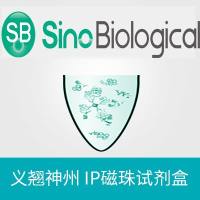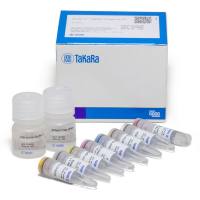Ligand-Based Nuclear Magnetic Resonance Screening Techniques
互联网
451
A critical step in the drug discovery process is the identification of high-affinity ligands for macromolecular targets, and, over the last 10 years, NMR spectroscopy has become a powerful tool in the pharmaceutical industry. Instrumental improvements in recent years have contributed significantly to this development. Digital recording, cryogenic probes, autosamplers, and higher magnetic fields shorten the time for data acquisition and improve the spectral quality. In addition, new experiments and pulse sequences make a vast amount of information available for the drug discovery process. All these techniques take advantage of the fact that upon complex formation between a target molecule and a ligand, significant perturbations can be observed in NMR-sensitive parameters of either the target or the ligand. These perturbations can be used qualitatively to detect ligand binding or quantitatively to assess the strength of the binding interaction. In addition, some of the techniques allow the identification of the ligand-binding site or which part of the ligand is responsible for interacting with the target.
In this chapter, we will use examples from our own research to illustrate how NMR experiments to characterize ligand binding may be used to both screen for novel compounds during the process of lead generation, and provide structural information useful for lead optimization during the latter stages of a discovery program.









